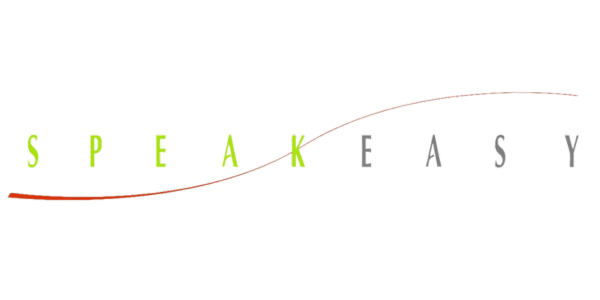
12 Feb The Power of the Pause – Making Silence Work for You
Reading Time: 3 minutesThe most effective business communicators have a special quality that enables them to bring impactful messages to any audience. It is the power of the pause. Understanding that what you say and how you say it are just as important as when you say it, is key for any communicator. Whether you are delivering a keynote speech, or giving an impromptu presentation for corporate executives, the pause can be a great skill for you to master to gain control of your body and project confidence.
Why Are Pauses Important in Communication?
Pauses serve critical functions for both the speaker and the audience during a speech. For the speaker, brief pauses allow time to breathe, emphasize key points, transition between ideas, and prevent rambling. For the audience, pauses provide time to digest information and understand nonverbal cues from the speaker. Thoughtful use of pauses establishes a natural rhythm and flow to the speech. Overall, pauses make a speech easier to deliver and comprehend, and demonstrate effective public speaking technique.
The business communication consultants at Speakeasy recommend using “the pause” in strategic portions of your speech. Here are the top five reasons why the pause is so powerful in effective communication.
How Silence Can Benefit Your Speech
- Breeds confidence.
Pausing is one of the best choices you can make when in a speaking situation. The pause helps you to feel comfortable in your words and how you are saying them. It gives you time to breathe in and exhale out. Taking time to breathe is an important, but often forgotten principle of communication. If you do not take the time during your speech for a few deep breaths, your words will come out rushed and may feel forced. In front of your audience, you want to be confident, relaxed, and feel in control of your message as well as how it is being delivered. The pause gives you that authority and command of your message. It also demonstrates that you are comfortable with silence and that you feel enough in control of the situation to take time to check into yourself.
- Controls the body.
A brief moment of silence to breathe is a powerful and effective way to calm your nerves and regain control over your emotions when speaking. You may feel nervous, anxious, or physically tense and taking the time to pause and breathe can help relieve some of these feelings. Remember, when your body is tense, your mind will focus more on your discomfort, less on your audience, and even less on the message you are trying to deliver. Practicing your talk beforehand is a great way to build in strategic pauses throughout your conversation, so you can remind yourself to pause, and remain in control of your body.
- Contributes to audience awareness.
As a speaker, you have the responsibility to engage your audience and connect with them to ensure that your message is being received. When you begin to notice that the audience is becoming disengaged, pausing can be an effective and subtle way to draw them back into your message. Taking a brief pause also shows the audience that you are aware of their waning interest and are recollecting your thoughts to draw them back into your message. Pausing also allows you time to think and strategize a different approach if you need to reconnect with the audience.
- Adds energy to the message.
With a pause, you can take a deep breath and exhale, re-energizing your body and mind to bring more energy and commitment to your words. Adding a dramatic pause is often the most powerful strategy you can use to get the audience enthusiastic about your message. A well placed pause after an important point in a speech can be more exciting than words, serving as a way to almost charge your words with electricity.
- Signals time for reflection.
When a speaker is silent, the audience has time to process what was just said and become moved by the message. A continuous flow of words provides the audience with lots of information, but gives them little time to reflect on any detail. Allowing brief silences during communication invites the audience to pause and take in the message, make the connection with it, and stay engaged with the speaker. Pausing also signals to the audience that a new thought or idea is coming and allows them time to ready themselves to receive it.
In your next speech, whether pre-planned or impromptu, don’t be afraid to take a second (or two) to pause. As a confident and effective business communicator, silence is acceptable, especially if it will allow you time to control your body, command authority, or reconnect with your audience.
When you’re ready to enhance your speaking power, our communication coaching experts are here to help you along your journey. Click here to learn more about our How You Say It communication skill training program.

